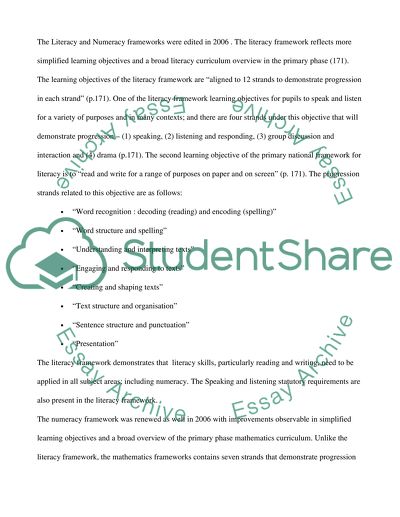Cite this document
(“National curriculum frameworks Assignment Example | Topics and Well Written Essays - 1750 words”, n.d.)
Retrieved from https://studentshare.org/family-consumer-science/1406345-national-curriculum-frameworks
Retrieved from https://studentshare.org/family-consumer-science/1406345-national-curriculum-frameworks
(National Curriculum Frameworks Assignment Example | Topics and Well Written Essays - 1750 Words)
https://studentshare.org/family-consumer-science/1406345-national-curriculum-frameworks.
https://studentshare.org/family-consumer-science/1406345-national-curriculum-frameworks.
“National Curriculum Frameworks Assignment Example | Topics and Well Written Essays - 1750 Words”, n.d. https://studentshare.org/family-consumer-science/1406345-national-curriculum-frameworks.


